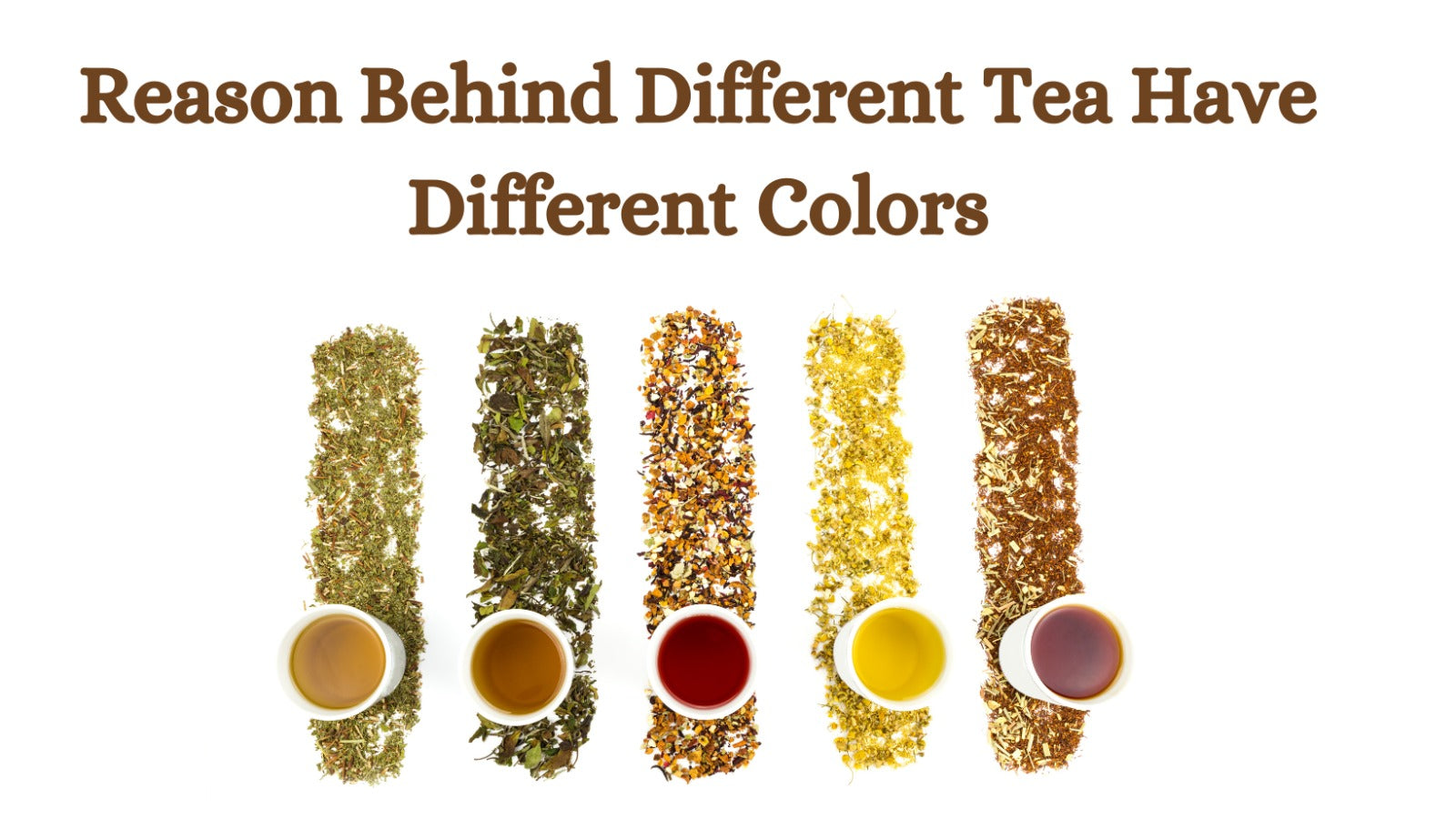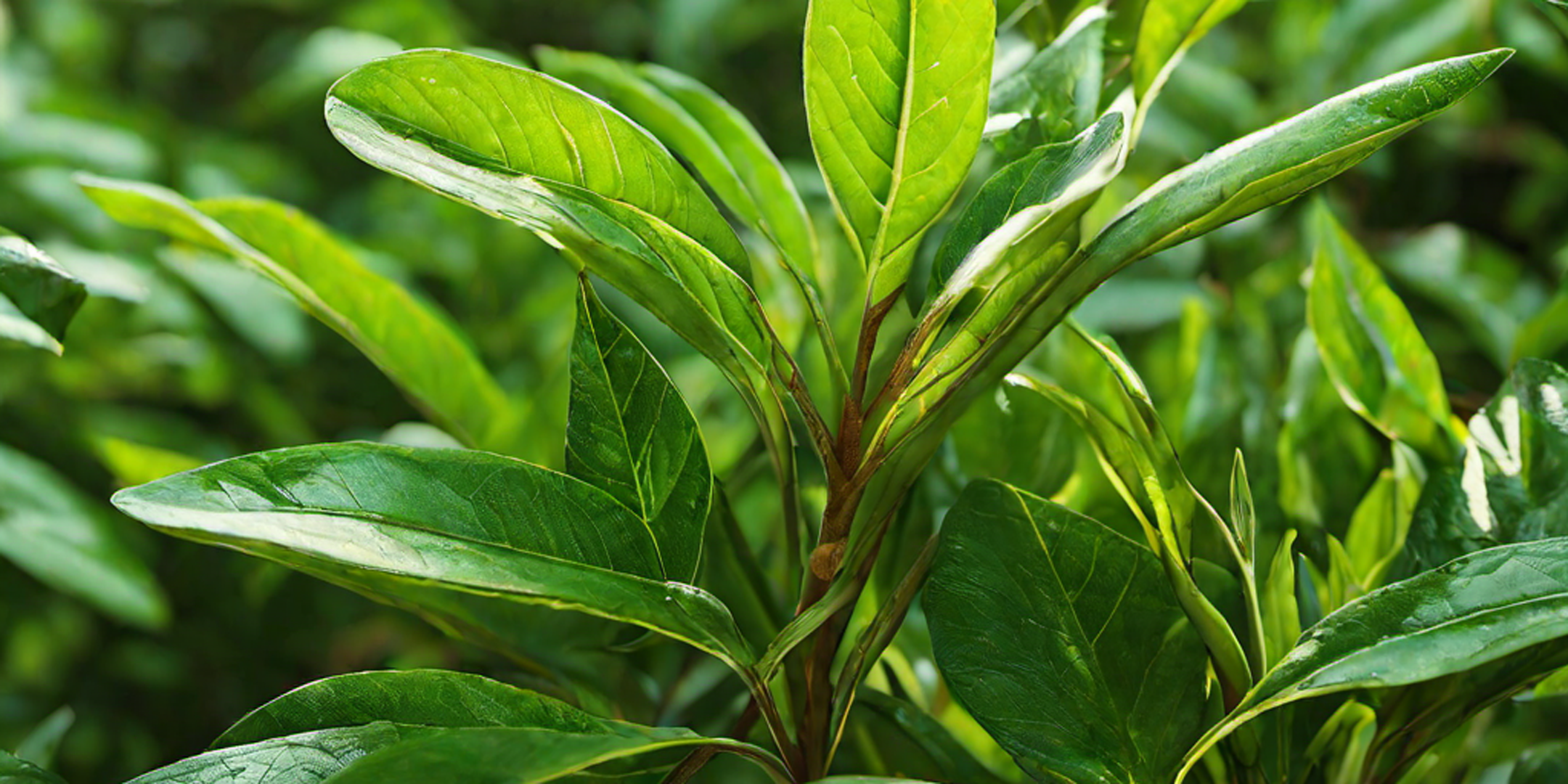Welcome to the ultimate guide on tea harvest times! Whether you're a die-hard tea lover or just starting to explore the world of tea, understanding the different harvest seasons is essential for choosing the perfect cup. In this comprehensive guide, we will dive into the intricate details of when and where your favorite teas are harvested.
From the verdant tea estates of China to the quaint tea gardens of India, each region boasts its own unique tea harvest times. We'll explore the nuances of first flush, second flush, autumnal flush, and winter harvests, delving into the characteristics and flavors associated with each season. Discover how these distinct harvest times influence the aroma, taste, and overall quality of your tea.
Whether you prefer the delicate floral notes of a spring harvest or the robust and full-bodied flavors of an autumnal harvest, this guide will equip you with the knowledge to make informed tea choices. Get ready to embark on a tea journey like no other as we explore the fascinating world of tea harvest times. So, grab your favorite cup, sit back, and let's begin!
Understanding the Importance of Tea Harvest Times
Tea harvest times play a crucial role in determining the flavor and quality of the tea leaves. The timing of the harvest is carefully chosen to capture the optimal balance of flavor compounds and essential oils present in the leaves. As the tea plant grows and matures, its chemical composition changes, resulting in variations in taste, aroma, and overall character.
Factors such as weather, altitude, soil conditions, and the specific tea cultivar also influence the harvest times. For example, teas grown at higher altitudes tend to have a slower growth rate, leading to later harvest times. Similarly, teas grown in cooler climates may have a shorter growing season, resulting in an earlier harvest.
Understanding the importance of tea harvest times allows tea enthusiasts to appreciate the dedication and skill required to produce exceptional teas. It also enables consumers to make informed choices based on their preferences, whether they seek a light and delicate cup or a bold and robust brew. Each tea harvest season offers its unique charm, and exploring the different flavors adds to the overall experience of tea appreciation.
Factors That Affect Tea Harvest Times
Several factors influence the timing of tea harvests. The most significant factors include weather conditions, temperature, rainfall, and the specific type of tea being cultivated. Let's take a closer look at how these elements impact the tea harvest times:
Weather Conditions: Tea plants are highly sensitive to changes in weather, particularly temperature and sunlight. Warm and sunny weather promotes rapid growth, leading to an earlier harvest. Conversely, cooler temperatures and cloudy days slow down the growth process, resulting in a later harvest. Sudden changes in weather patterns, such as unexpected frost or heatwaves, can also disrupt the harvest schedule.
Temperature: The temperature plays a crucial role in determining the growth rate and maturation of tea leaves. Warmer temperatures accelerate the growth process and lead to an earlier harvest. On the other hand, cooler temperatures slow down growth, resulting in a delayed harvest. Tea plants require a delicate balance of warmth and coolness to develop the desired flavor profile.
Rainfall: Adequate rainfall is essential for tea plants to thrive. The right amount of precipitation provides the necessary hydration and nutrients for healthy growth. However, excessive rainfall can lead to waterlogged soil, affecting the tea plants' root system and overall health. Insufficient rainfall, on the other hand, can cause drought stress, resulting in stunted growth and poor-quality leaves.
Specific Tea Cultivar: Different tea cultivars have varying growth patterns and maturation rates. Some cultivars are known for their early harvests, while others are specifically cultivated for later harvests. The choice of tea cultivar depends on the desired flavor profile and the region's climate and growing conditions.
Understanding these factors helps tea farmers and experts predict the ideal timing for tea harvests and ensure that the leaves are picked at their peak freshness and flavor.
Different Types of Tea and Their Corresponding Harvest Times
Tea comes in a wide variety of types, each with its own unique characteristics and harvest times. Let's explore the different types of tea and when they are typically harvested:
- Green Tea: Green tea is known for its fresh and grassy flavors. The leaves are harvested early in the spring, usually during the first flush. This is when the tea plants have been dormant during the winter and are bursting with new growth. The young and tender leaves are carefully plucked by hand to ensure the highest quality. Green tea harvest times vary depending on the region, but they generally occur between late March and early May.
- Black Tea: Black tea is known for its bold and robust flavors. The leaves for black tea are typically harvested during the second flush, which occurs a few weeks after the first flush. This harvest takes place in late spring or early summer when the tea plants have fully recovered from their winter dormancy. The leaves are larger and more mature than those used for green tea, resulting in a stronger and more full-bodied cup.
- Oolong Tea: Oolong tea falls between green tea and black tea in terms of flavor and oxidation level. The leaves for oolong tea are usually harvested during the second flush or autumnal flush. Second-flush oolongs are known for their fruity and floral flavors, while autumnal flush oolongs tend to be more mellow and earthy. The exact harvest times for oolong tea can vary depending on the specific variety and the region where it is grown.
- White Tea: Celebrated for its gentle and nuanced taste, white tea stands out as the least processed among its counterparts. The leaves for white tea are harvested during the first flush, similar to green tea. However, white tea leaves are typically picked at an even earlier stage of growth, when the buds are still covered in fine white hairs. This early harvest captures the essence of the tea plant's freshness, resulting in a light and delicate cup.
- Pu-erh Tea: Pu-erh tea is a unique fermented tea that undergoes aging over several years. The leaves for pu-erh tea can be harvested throughout the year, but the most sought-after pu-erh teas are made from spring harvests. The young and tender leaves are carefully plucked to create high-quality pu-erh teas that develop complex flavors over time.
Understanding the harvest times for different types of tea allows tea enthusiasts to explore a wide range of flavors and experience the nuances of each season's offerings. Whether you prefer the light and refreshing notes of spring tea or the rich and robust flavors of autumn tea, there is a tea for every palate.
Spring Tea Harvest: The Most Sought-After Tea of the Year
The spring tea harvest, also known as the first flush, is considered the most sought-after tea of the year. This is when the tea plants have been dormant during the winter and begin to awaken with new growth. The young and tender leaves that emerge during this time are prized for their delicate flavors and vibrant aromas.
The exact timing of the spring tea harvest can vary depending on the region and specific tea cultivar. In general, spring tea harvests occur between late March and early May. The leaves are carefully hand-plucked to ensure only the topmost buds and young leaves are selected. This labor-intensive process ensures the highest quality teas.
The flavor profile of spring teas is often described as light, vegetal, and refreshing. Green teas harvested during this time exhibit fresh and grassy flavors, with subtle hints of sweetness. The leaves are rich in antioxidants and other beneficial compounds, making spring teas a popular choice among health-conscious tea drinkers.
Some well-known spring teas include Longjing (Dragon Well) from China, Darjeeling First Flush from India, and Ujeon from Korea. These teas are highly sought after for their nuanced flavors and limited availability. Spring teas are often considered the epitome of tea craftsmanship, capturing the essence of the tea plant's awakening after a long winter.
Summer Tea Harvest: Exploring the Flavors of Mid-Year Tea
The summer tea harvest, also known as the second flush, occurs a few weeks after the first flush. By this time, the tea plants have fully recovered from their winter dormancy and are in full growth mode. The leaves harvested during the second flush are larger and more mature, resulting in a stronger and more full-bodied cup.
The exact timing of the summer tea harvest can vary depending on the region and specific tea cultivar. In general, second-flush harvests take place in late spring or early summer. The leaves are carefully hand-picked, with a focus on selecting the bud and two or three leaves for the highest quality teas.
Summer teas, particularly black teas, are known for their bold and robust flavors. The leaves undergo a partial oxidation process, which gives them their characteristic dark color and rich taste. Black teas harvested during the second flush often exhibit complex flavor profiles, with notes of malt, caramel, and even hints of fruitiness.
Well-known summer teas include Assam black tea from India, Keemun black tea from China, and Ceylon black tea from Sri Lanka. These teas are prized for their distinct flavors and versatility, making them a popular choice for both hot and iced tea preparations. Summer teas provide a satisfying and invigorating cup, perfect for enjoying during the warmer months.
Autumn Tea Harvest: The Last Opportunity for Tea Picking
The autumn tea harvest, also known as the autumnal flush, provides the last opportunity for tea picking before the arrival of winter. As the days grow shorter and the temperatures start to drop, the tea plants prepare themselves for the dormant season by storing nutrients in their roots and leaves. The leaves harvested during this time exhibit unique flavors that reflect the changing season.
The exact timing of the autumn tea harvest can vary depending on the region and specific tea cultivar. In general, autumn flush harvests occur in September and October. The leaves harvested during this season are larger and more mature, resulting in a deeper and more mellow cup.
Autumn teas offer a different experience compared to the earlier flushes. The flavors are often described as earthy, nutty, and sometimes with hints of caramel or spice. The leaves undergo a natural aging process on the tea plant, resulting in a more complex flavor profile. Autumn teas are highly appreciated by tea connoisseurs for their rich and comforting qualities.
Some notable autumn teas include Tie Guan Yin oolong from China, Darjeeling Autumn Flush from India, and Dong Ding oolong from Taiwan. These teas capture the essence of the changing season, providing a warm and inviting cup to savor as the weather transitions into winter.
Winter Tea Harvest: Uncovering the Nuances of Cold-Weather Tea
The winter tea harvest offers a unique opportunity to explore the nuances of teas grown in cold weather conditions. While tea plants typically enter a dormant phase during winter, certain regions have the advantage of milder climates that allow for limited tea cultivation during this time.
Winter teas are often characterized by their sweetness and smoothness. The slower growth rate and lower temperatures result in a distinct flavor profile that sets them apart from teas harvested during other seasons. The leaves are carefully hand-picked, with a focus on selecting the buds and young leaves for the highest quality teas.
The exact timing of the winter tea harvest can vary depending on the region and specific tea cultivar. In general, winter harvests take place between December and February. Tea regions with mild winters, such as parts of China and Taiwan, are known for their winter tea production.
Winter teas offer a unique and limited experience for tea enthusiasts. The flavors are often described as sweet, floral, and sometimes with a hint of coolness. Winter teas are highly prized for their rarity and the skill required to produce them in such challenging weather conditions.
Tea Harvesting Techniques and Traditions
Tea harvesting is an art that has been passed down through generations, with each region having its unique techniques and traditions. While modern technology has introduced some mechanization to the process, many high-quality teas are still hand-picked to ensure the utmost care and attention to detail.
Hand-picking allows tea farmers to selectively choose the young and tender leaves, ensuring the highest quality teas. Skilled tea pickers can harvest the leaves with precision, avoiding any damage to the plant or neighboring leaves. This meticulous process ensures that only the best leaves are used for tea production.
In some regions, tea harvesting is a community event that brings people together. Families and friends gather to help with the harvest, creating a festive atmosphere. Songs, dances, and traditional ceremonies are often part of the tea-picking tradition, adding to the cultural significance of the process.
Tea harvesting techniques and traditions vary across different types of tea and regions. For example, green teas are often picked early in the morning when the leaves are at their freshest. Black teas, on the other hand, are typically harvested later in the day to allow the leaves to fully develop their flavors.
Conclusion
Tea harvest times are a fascinating aspect of the tea industry that combines art, science, and nature. The harvest timing plays a crucial role in determining the flavor, aroma, and overall quality of the tea leaves. From the delicate and refreshing notes of spring teas to the bold and robust flavors of autumn teas, each harvest season offers its unique charm.
Understanding tea harvest times allows tea enthusiasts to make informed choices based on their preferences. Whether you're seeking a light and delicate cup or a rich and full-bodied brew, there is a tea for every palate and occasion. Exploring the different types of tea and their corresponding harvest times opens up a world of flavors and experiences.
So, the next time you sip a cup of tea, take a moment to appreciate the art and science behind it's harvest time. The dedication of tea farmers, the skill of tea pickers, and the influence of nature all come together to create the perfect cup.




